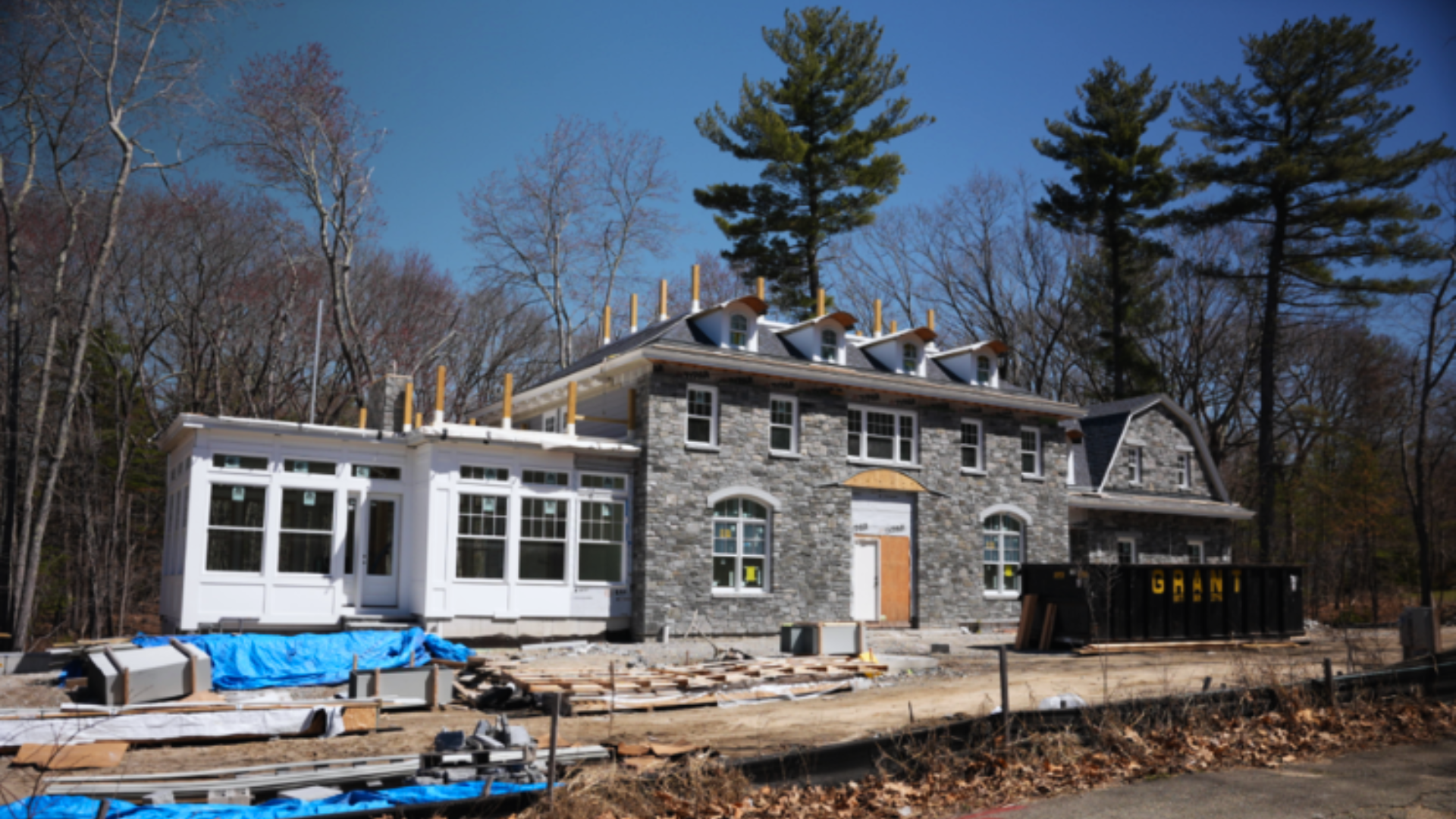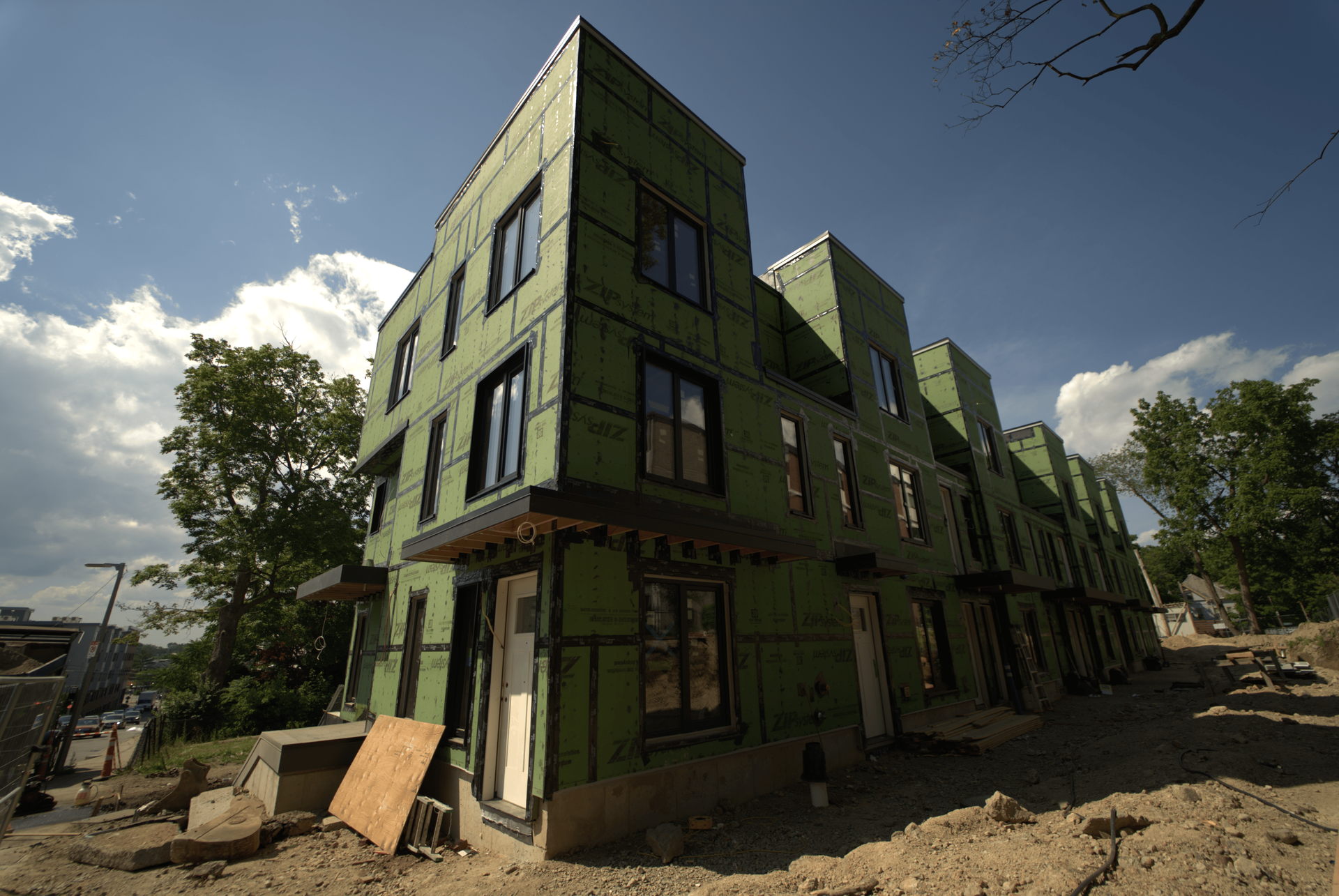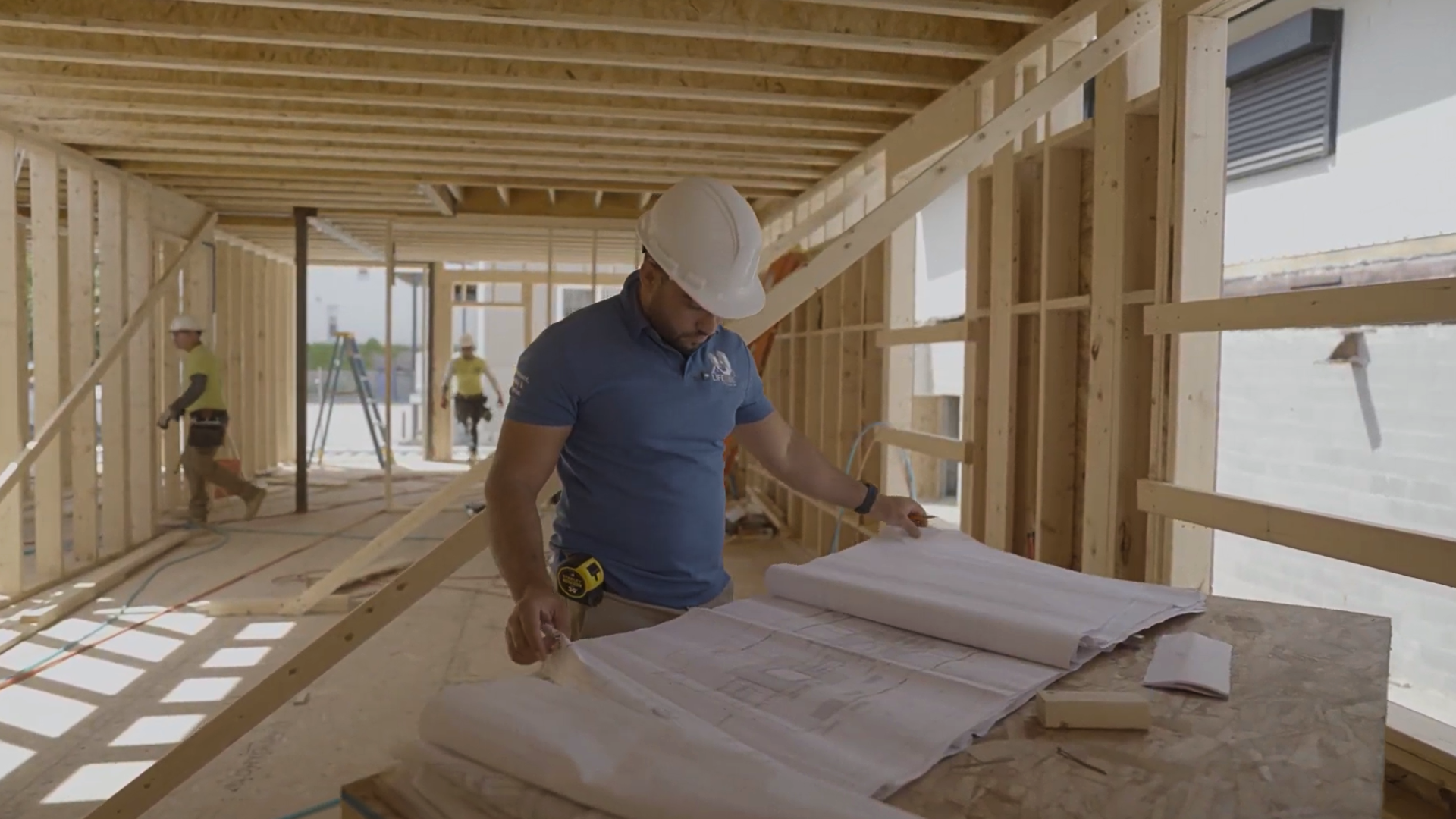Our Blog
NEWS & ARTICLES
Insights, Tips, & Inspiration

In June 2025, new construction starts in the United States reached $1.33 trillion, a 16% increase compared to the previous month and 4% higher year over year. This national growth is clearly reflected in Massachusetts, where the construction market continues to attract strong investment. According to Dodge Data & Analytics, the Boston–Cambridge–Quincy metro area saw construction starts climb to $22 billion in 2023, up from $17.2 billion in 2022. These figures confirm that Massachusetts remains one of the strongest investment hubs in New England for residential, commercial, and institutional projects. With so much capital flowing into new developments, protecting these investments with the right building practices is crucial. And one of the most important fundamentals is siding. Why Siding Matters in Massachusetts Construction Siding is more than aesthetics, it’s about protecting the building envelope and ensuring long-term value. A poorly chosen or poorly installed siding system can lead to water damage, higher maintenance costs, energy loss, and even reduced property value. For investors, general contractors, and construction companies, siding represents a financial decision as much as a design one. Regional Fundamentals Across Massachusetts Coastal Massachusetts (Cape Cod, the Islands, North Shore, South Shore) In the coastal areas of Massachusetts, including Cape Cod, the Islands, and the North and South Shores, siding is constantly tested by salt air, high humidity, and strong winds that often reach design speeds of 130–140 mph. These conditions accelerate corrosion and can compromise the building envelope if materials and installation are not carefully selected. For contractors working near the shoreline, selecting the best siding for Massachusetts means choosing assemblies designed for durability and weather-tight detailing. Corrosion-resistant fasteners such as stainless steel (Type 304 or 316) are essential, and rainscreen assemblies that create drainage cavities help manage wind-driven rain and moisture. Greater Boston & MetroWest In Greater Boston and the MetroWest corridor, construction projects face different challenges. While coastal salt exposure is less severe, freeze–thaw cycles are frequent, and urban density requires siding systems that integrate seamlessly with energy-efficient building envelopes. The state’s building codes increasingly emphasize performance, making continuous insulation and advanced flashing details standard practice. Here, the best siding for Massachusetts is one that balances energy efficiency with low maintenance. Fiber cement and composite systems perform well in these conditions, but the real differentiator is professional installation that integrates siding into the overall weather-tight package of the structure. Central & Western Massachusetts Central and Western Massachusetts bring yet another layer of complexity. Heavy snowfall, colder winters, and the risk of ice dams put significant pressure on exterior walls. Siding in these areas must be able to withstand prolonged exposure to moisture and rapid temperature fluctuations. Proper drainage is critical: when snow and ice melt, water must be directed away from the sheathing and framing. Rainscreen systems, corrosion-resistant flashings, and attention to roof-to-wall transitions ensure that siding assemblies remain effective. For investors and builders, selecting the best siding for Massachusetts in these inland regions means choosing durability first, and pairing it with installation practices that address the realities of snow and freeze–thaw stress. The Fundamentals Before Material Choice Every project should begin with site-specific design, assessing wind, snow, and exposure risks unique to the location. Once those are clear, the weather-tight package must be addressed, integrating siding with WRBs, flashing, and sealants. Beyond products, professional installation is non-negotiable, as specialized siding teams prevent failures and preserve warranties. Finally, no system is complete without a maintenance strategy: routine inspections protect long-term value and extend the life of the investment. Siding Materials That Perform in Massachusetts While fundamentals come first, material choice still matters. Fiber cement offers rot resistance and long-term stability in humidity. PVC and composite shakes deliver the traditional New England look with reduced maintenance. High-wind-rated vinyl provides an affordable option, and cedar shingles remain a timeless aesthetic when paired with stainless steel fasteners and rainscreen assemblies. Why Specialized Teams Make the Difference Even the best siding materials fail without the right installation. Corroded fasteners, poorly flashed windows, or over-nailed vinyl panels are all common causes of failure. This is why specialized siding crews and building envelope experts are essential. They ensure the system performs for decades, protecting both the structure and the investor’s capital. Lifetime Contractors: Your Partner in Massachusetts Siding With billions of dollars in new construction flowing into Massachusetts every year, siding is one of the most important planning decisions to protect those investments. At Lifetime Contractors, we combine local expertise with specialized crews to deliver siding solutions that meet Massachusetts’ unique climate challenges. From Cape Cod to Western MA, we provide region-specific design guidance, full weather-tight package integration, and skilled installation teams, all with a focus on protecting long-term value. Contact Lifetime Contractors today to discuss your siding project.

When we think about construction, it’s easy to focus on what we see at the end: the finished siding, the clean rooflines, the deck ready for summer days. But here’s something every experienced builder knows none of that works well if the framing wasn’t done right from the beginning. Framing isn’t just putting up wood to hold the walls. It’s the part of the build that affects everything else. And the way it’s done, from the materials used to how the team handles each step, has a big impact on how the project turns out both now and over time. It all starts with the right materials and the right people At Lifetime Contractors, we work only with quality lumber. That means dry, straight, and properly graded wood that won’t twist or bow. We make sure it’s stored and handled with care because good framing begins with good material. But even the best lumber won’t help if the work isn’t done properly. That’s where our team comes in. Everyone at Lifetime is experienced, OSHA 10 and 30 certified, and fully insured. We also carry workers’ compensation and liability coverage, giving you peace of mind on every jobsite. Small framing mistakes can lead to big problems A lot of issues that show up down the road, like siding gaps, window leaks, or uneven finishes, start with small framing mistakes. If walls aren’t level, or if studs are spaced wrong, it affects everything that comes after. Even the best siding on the market won’t perform well if the structure behind it isn’t accurate. James Hardie recently highlighted this in an article about one of the most common siding errors : installing over framing that’s not up to standard. That kind of shortcut leads to warping, moisture problems, and costly repairs. That’s why our crews pay close attention to every detail, from wall alignment to nail placement. We make sure that what’s built today will still perform years from now. Timing and sequence matter too Framing also plays a huge role in how the overall project flows. If framing is late or not done right, it delays every trade that comes after. At Lifetime Contractors, we take scheduling seriously. We stay in sync with general contractors and project managers, make adjustments when needed, and help keep everything moving. A clean, accurate, on-time framing job sets the tone for the rest of the build. Beyond framing: We build the complete envelope Another reason builders choose us? We also install siding, roofing, decking, and windows. That means you get one experienced team handling everything from structure to weather protection. When one contractor takes care of the full envelope, there’s less confusion, fewer delays, and better results. Each system is installed with the next one in mind. We know how these parts need to work together, and we make sure they do. The long-term benefits of framing right Getting the framing right pays off in a lot of ways. You get: Fewer delays and inspections that go smoother Better results for siding, windows, and interiors Less waste and rework Stronger protection against weather and wear Lower maintenance costs over time And most of all, you get peace of mind knowing your project was built with care, attention, and long-term performance in mind. Looking for a framing partner? Let’s talk . Lifetime Contractors is ready to be part of your next build.

